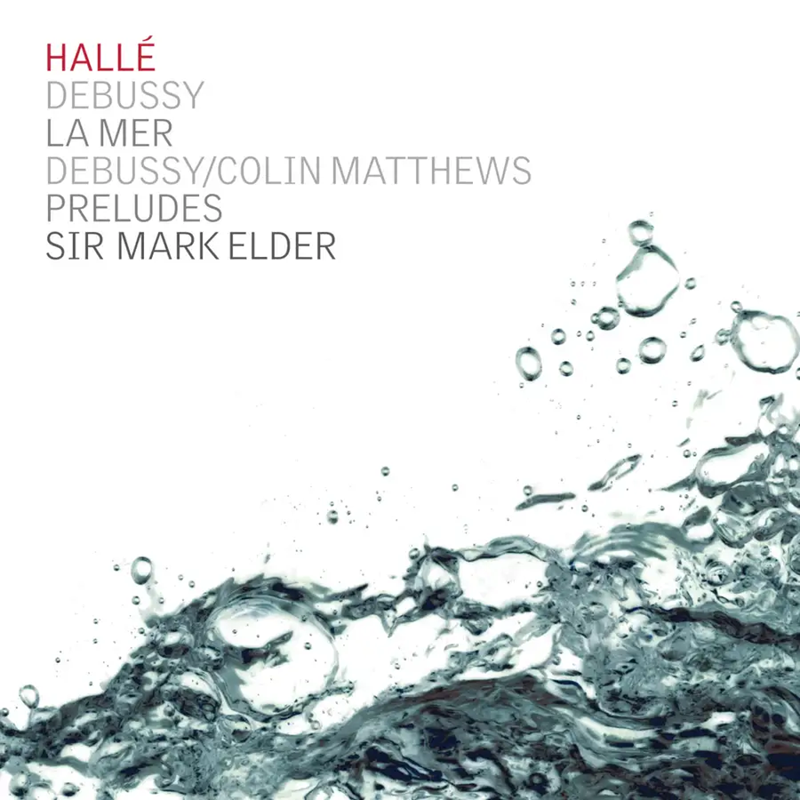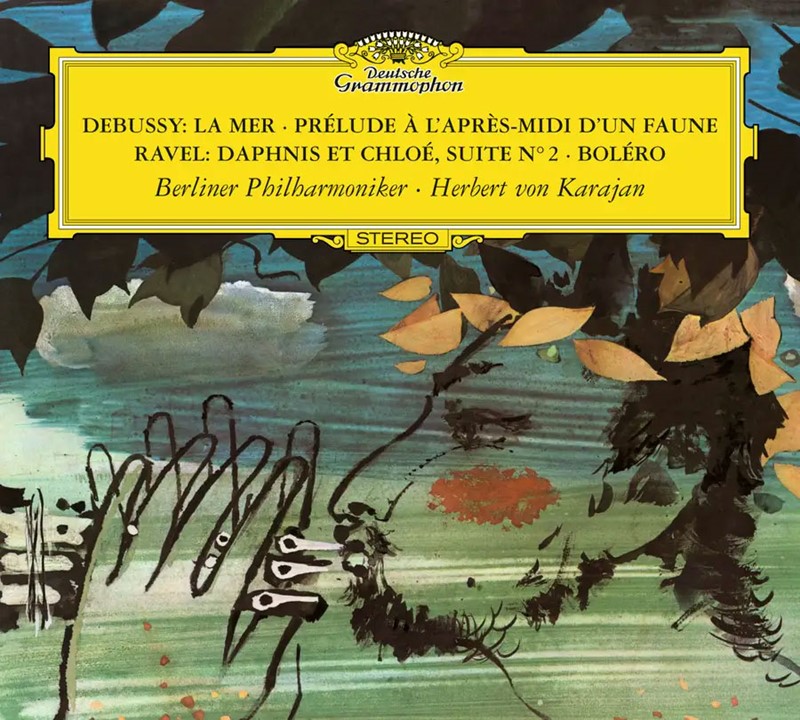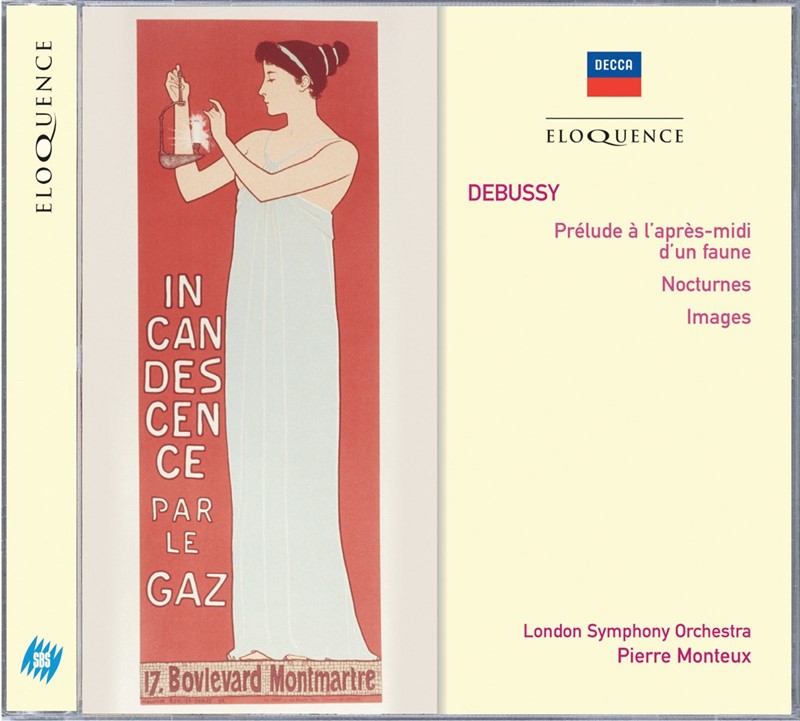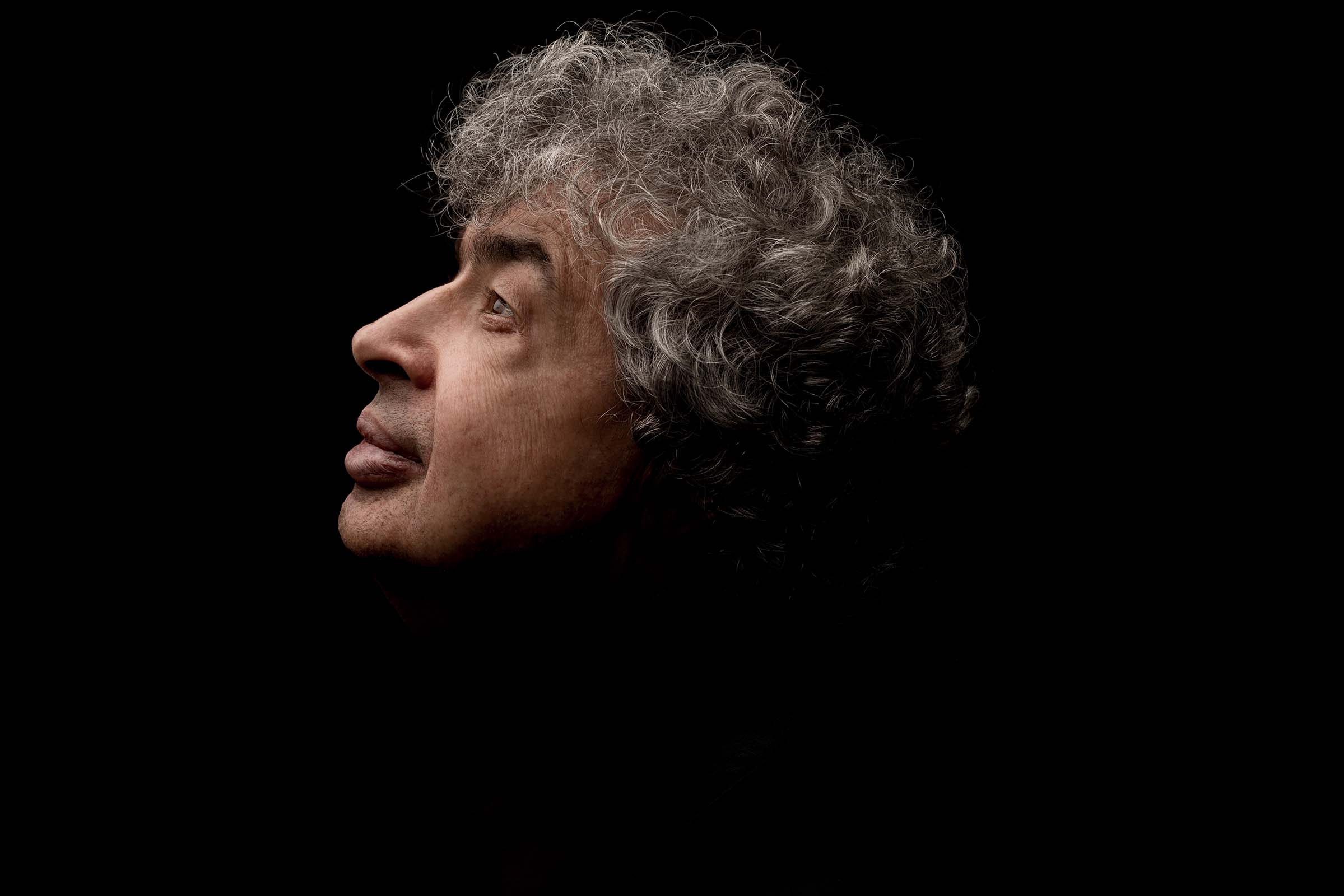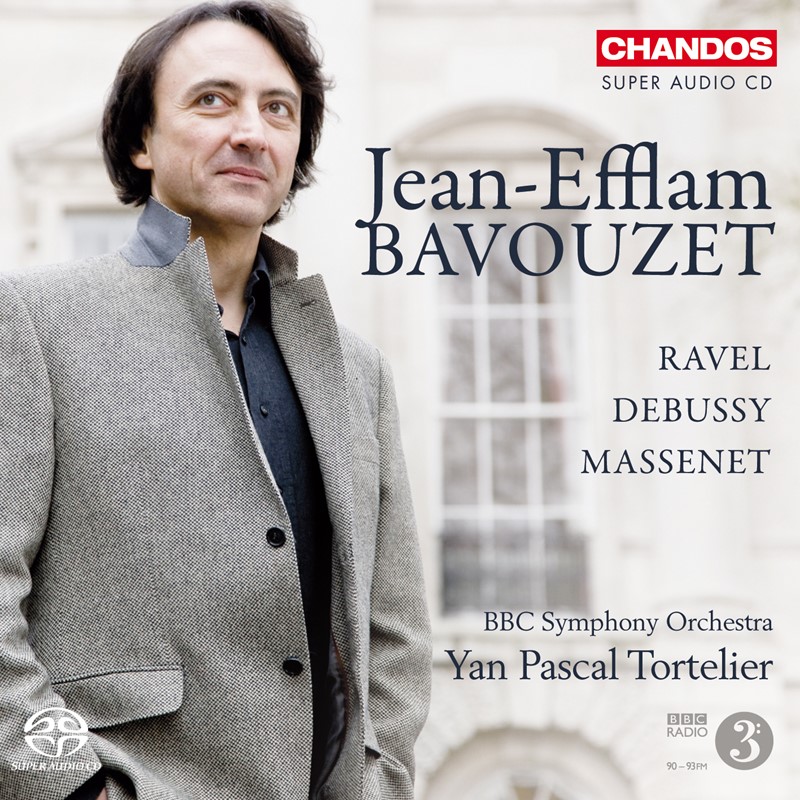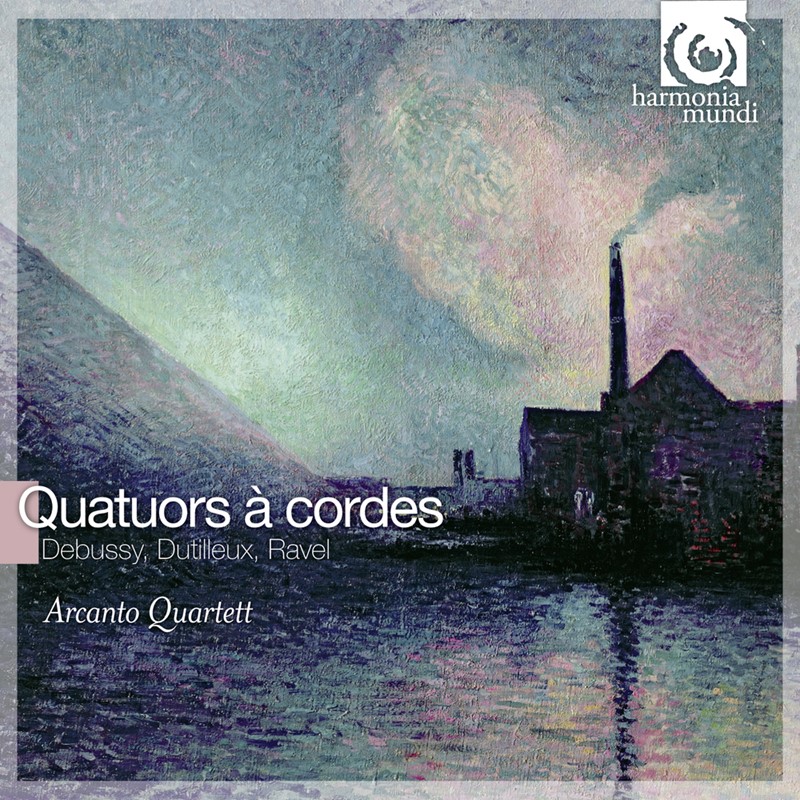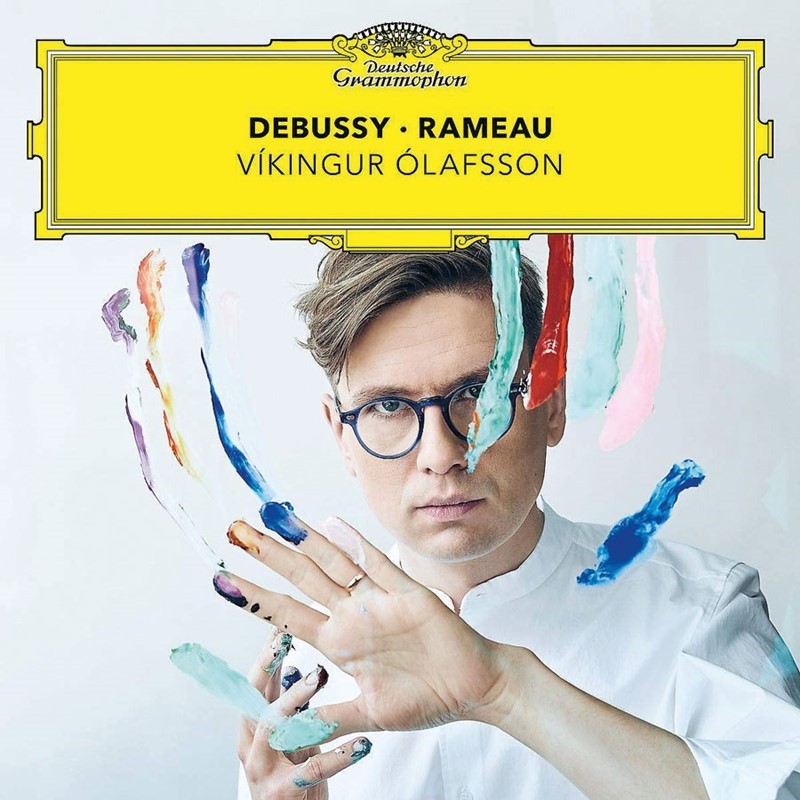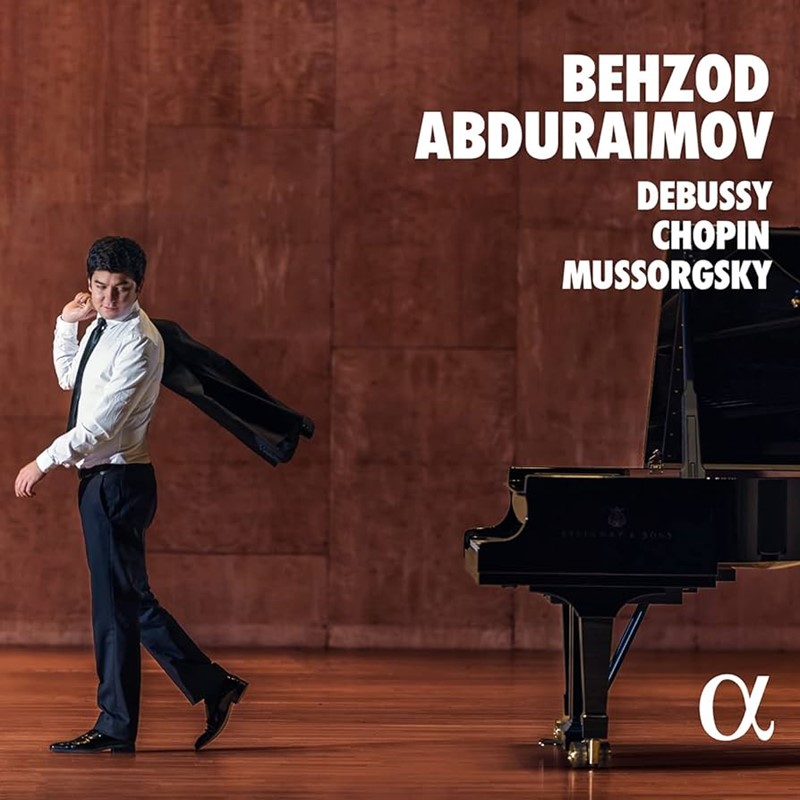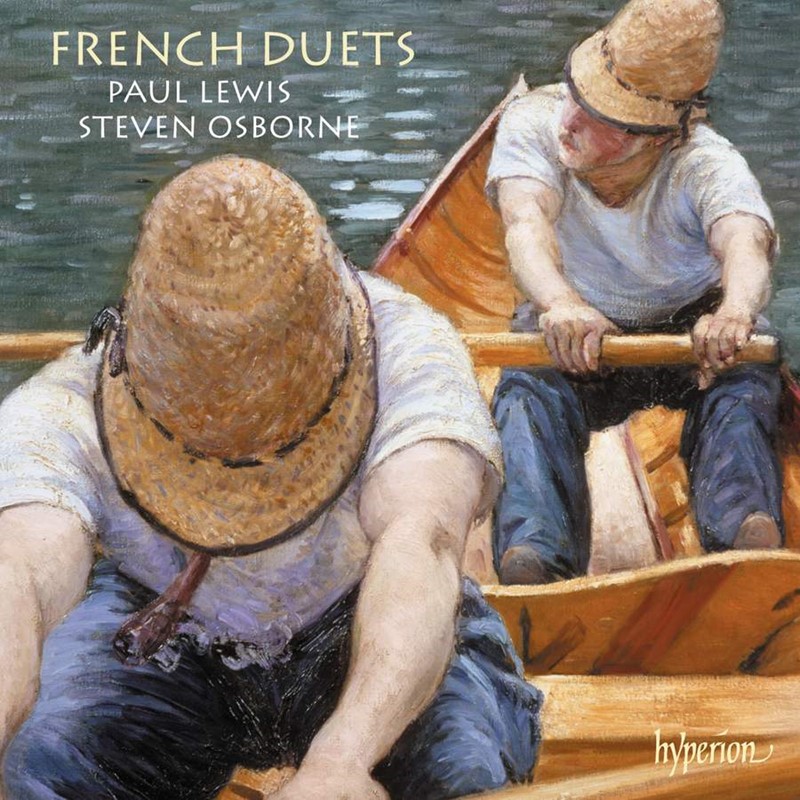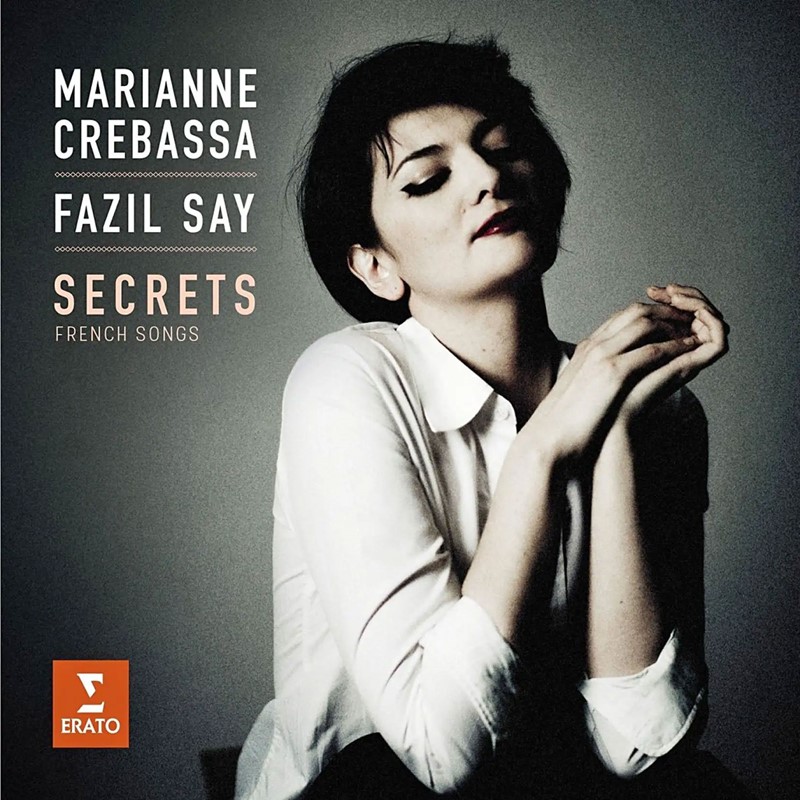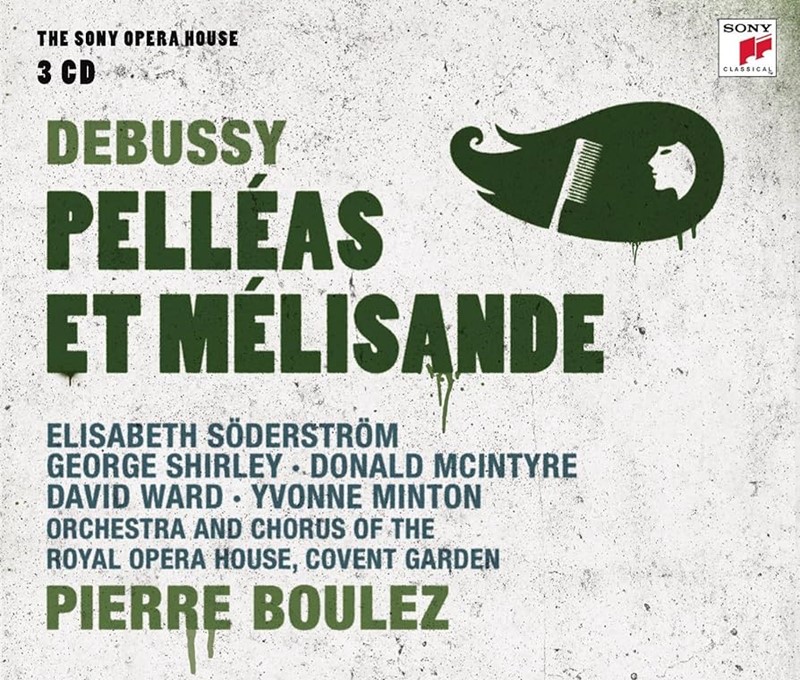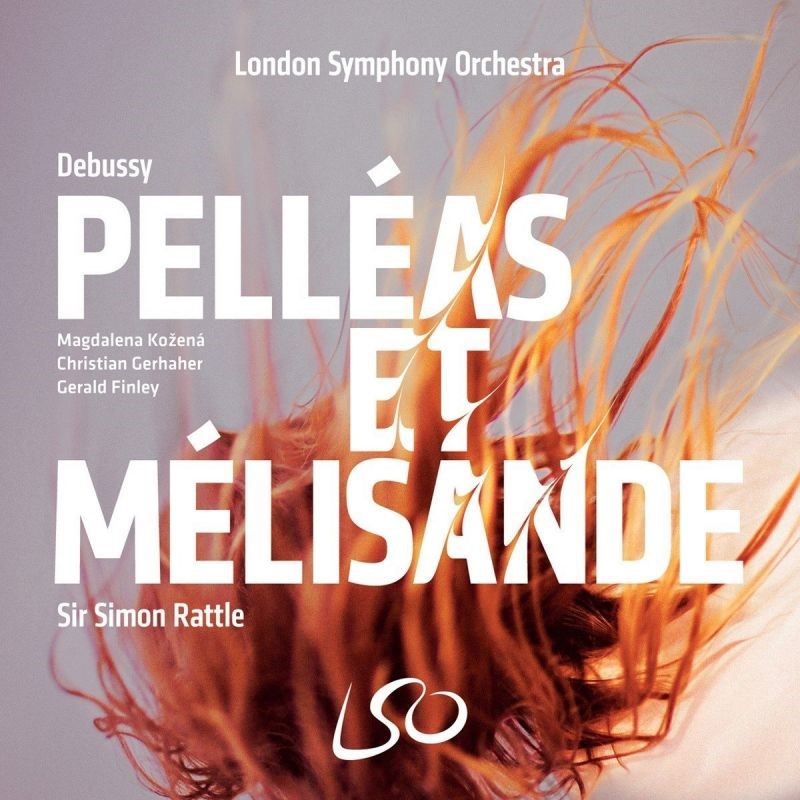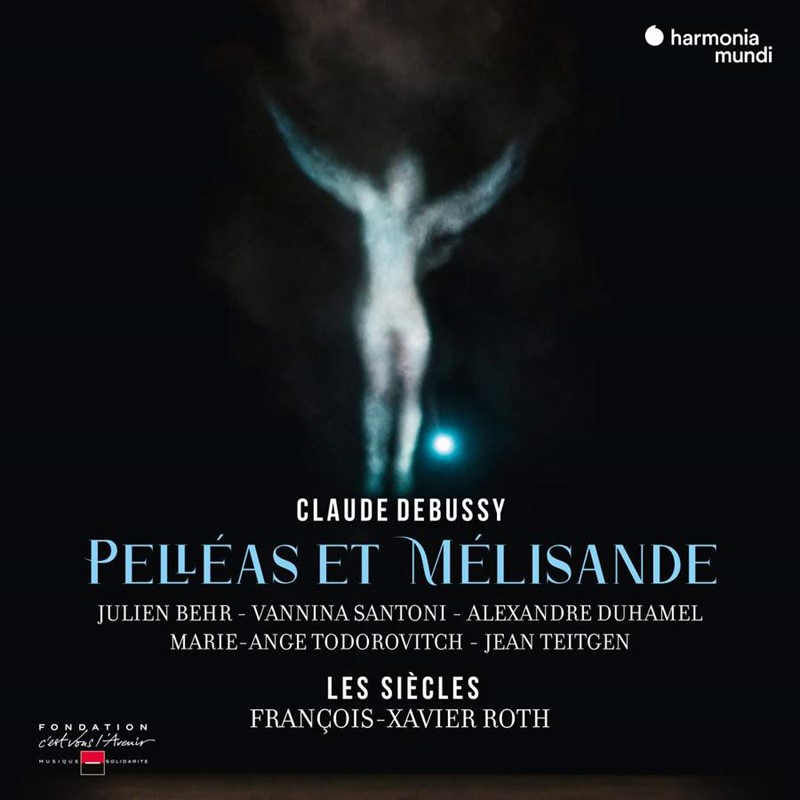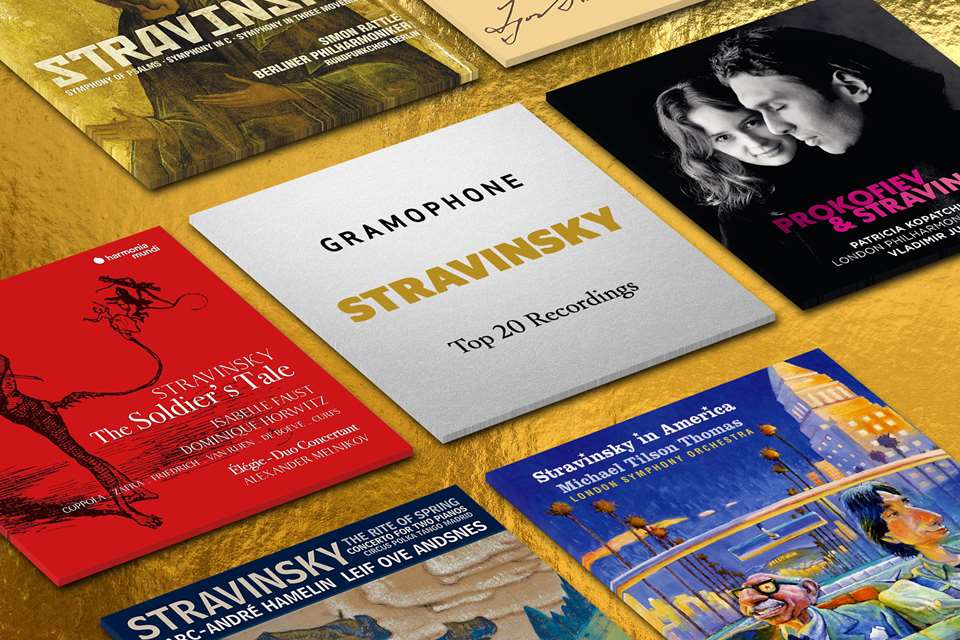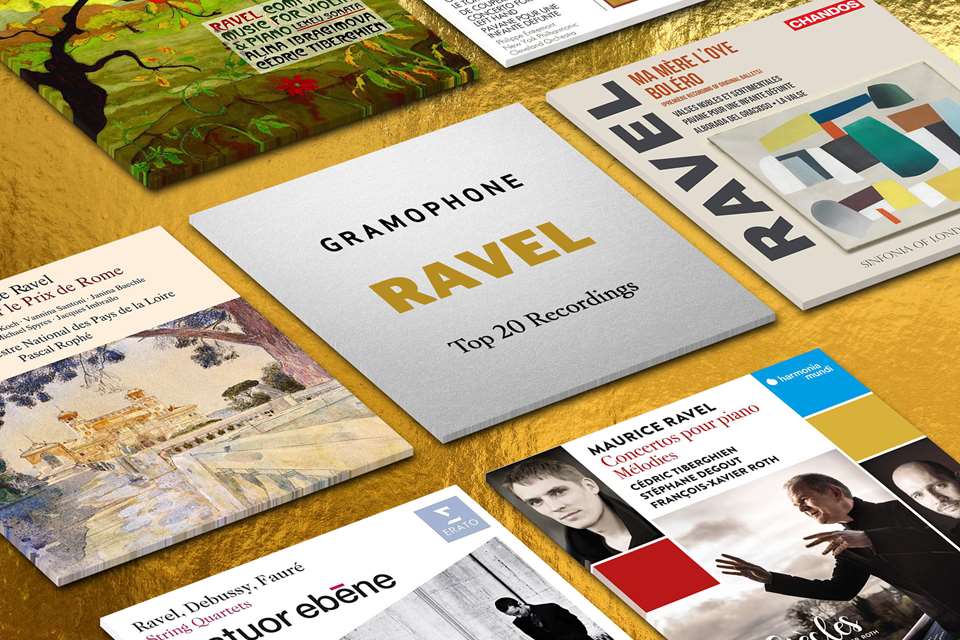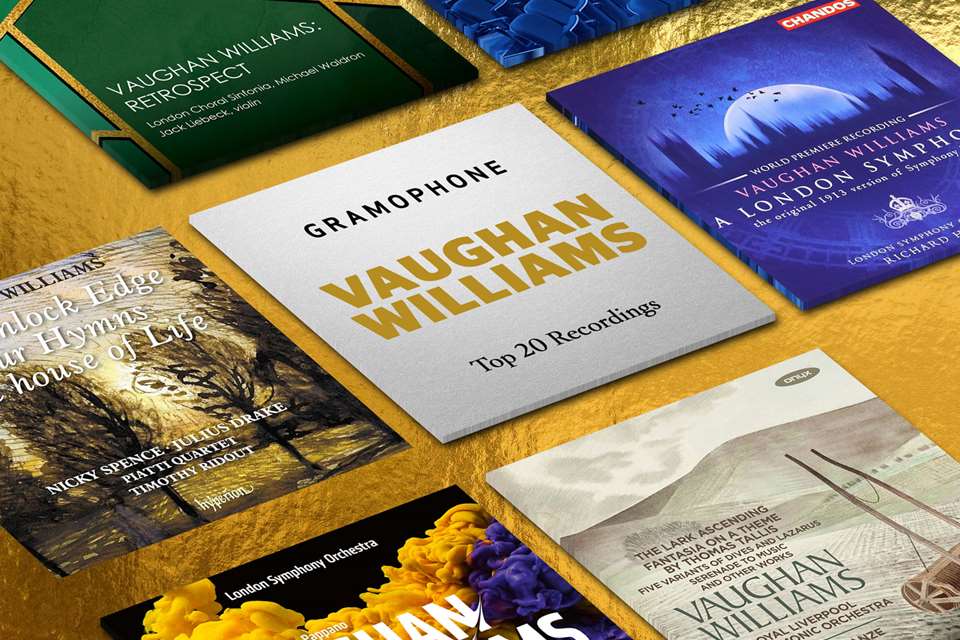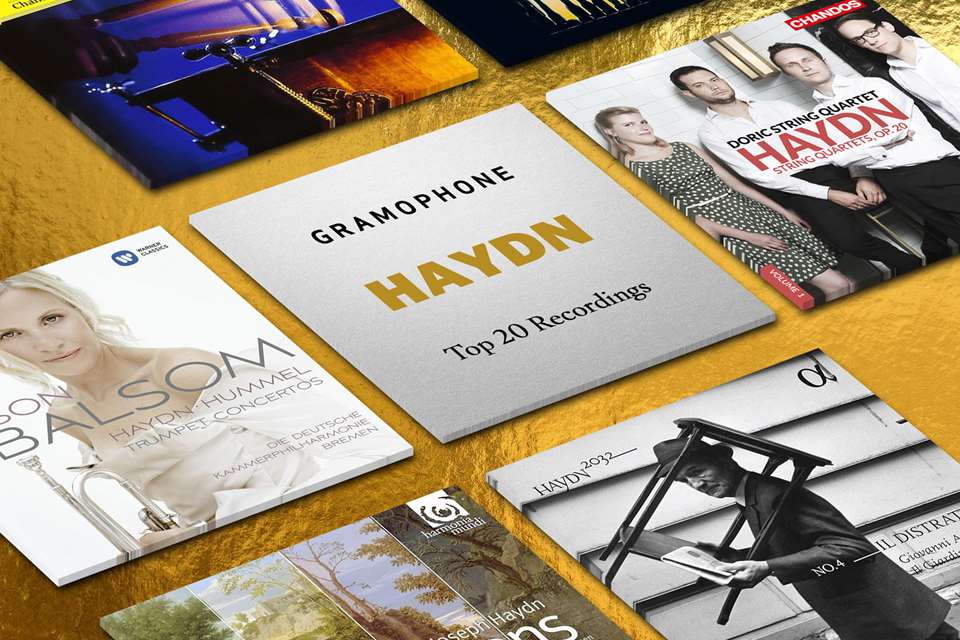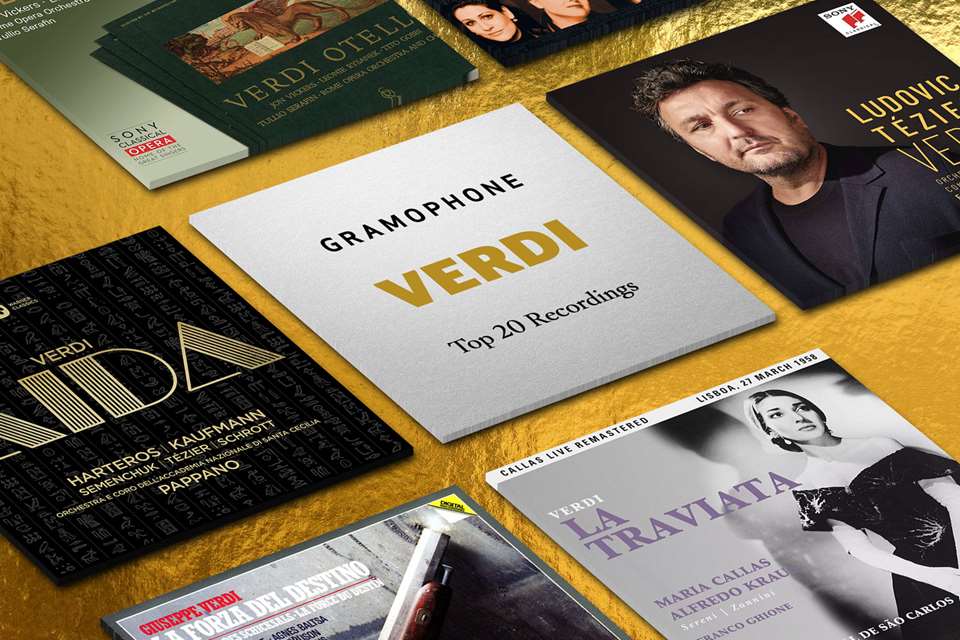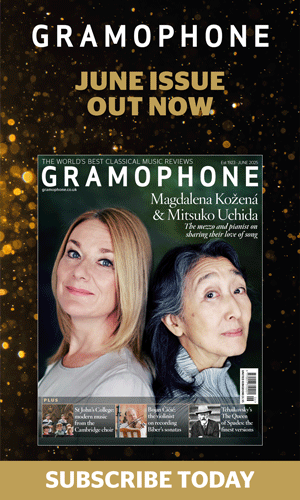Claude Debussy: Top 20 Recordings
Friday, March 7, 2025
Debussy was among the most influential of all the 20th century’s composers. Here are 20 outstanding recordings of Debussy's greatest works, from Prélude à l'après-midi d'un faune to Pelléas et Mélisande
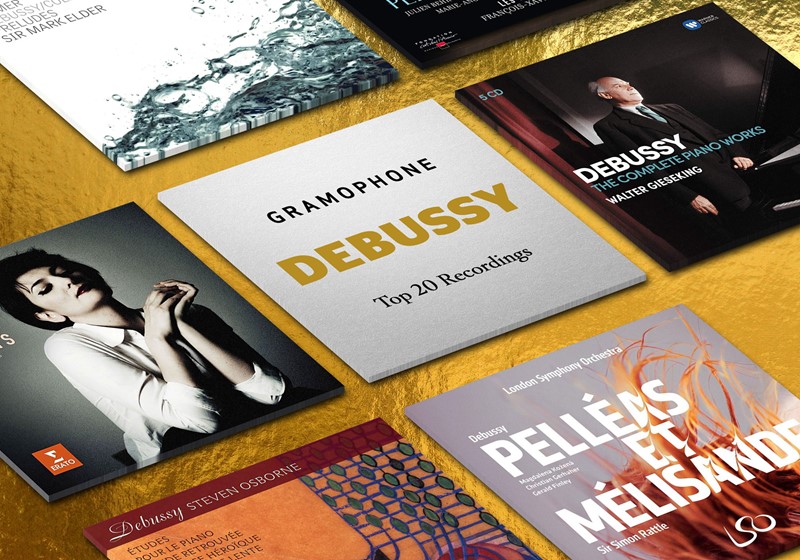
Claude Debussy's lyrical gift, idiosyncratic harmonies, colours and rhythms, his preference for suggestion rather than direct statement, resulted in a sound world that was quite different from those of Brahms, Wagner and Tchaikovsky, whose music ruled the roost while he was struggling to become accepted. But accepted he was, and many of his works are now central to the repertoire, as well as being essential listening. Reducing a century of Debussy recordings to a list of just 20 that everyone can agree on is impossible, but each of the recordings below says something distinctive and beautiful about Debussy's music, and each should be seen as a leaping-off point for further investigation and fresh discoveries.
And if you are interested in reading the best classical music reviews and discovering great new recordings every month then do consider subscribing the Gramophone, we'd love you to join us. Explore our subscription offers here: magsubscriptions.com
La mer
Hallé Orchestra / Sir Mark Elder (Hallé)
‘The recording is extraordinarily vivid, with perhaps just a touch of fierceness on top but with fine body and richness and great transparency of texture, with Debussy’s intricate percussion (and delicate harp) effects adding exactly the right shimmer. Altogether a remarkable achievement.’ (Ivan March, May 2007)
La mer. Prélude à l'après-midi d'un faune
Berlin Philharmonic Orchestra / Herbert von Karajan (DG)
‘How does one do justice to this La mer in a single sentence? Well, you can either be seduced by some of the most sheerly beautiful orchestral sound ever recorded, or appreciate it for its wide-ranging imagery and its properly mobile pacing; but whichever way you look at it, it is one of the great recorded La mers and one of the classics of the gramophone.’ (Jonathan Swain, December 1995)
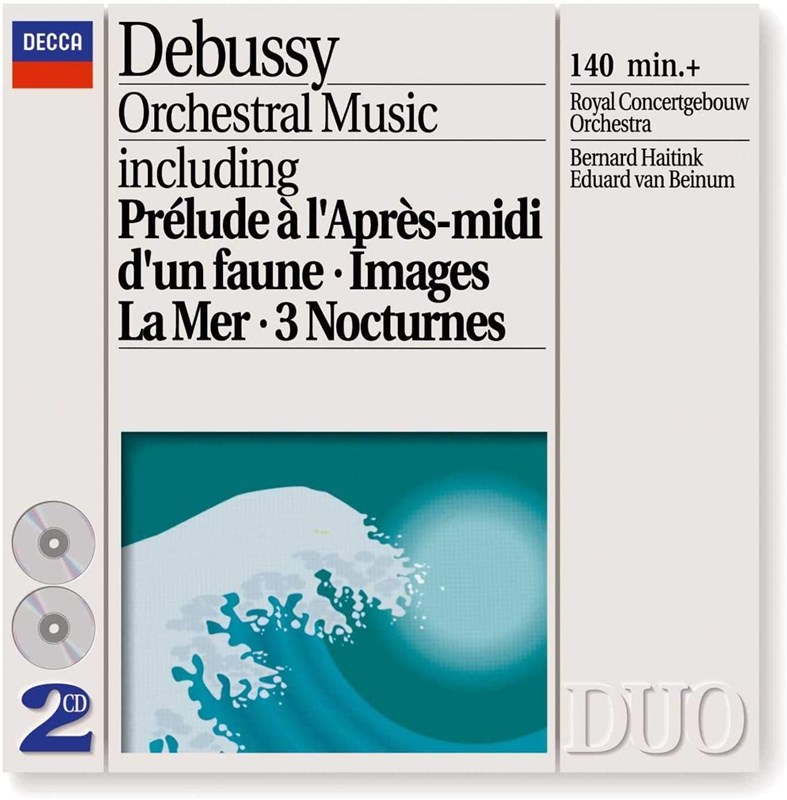
Nocturnes. Images
Royal Concertgebouw Orchestra / Bernard Haitink (Decca)
‘The jewel in this set, for many, will be the Nocturnes, principally for the purity of the strings in ''Nuages'' (sparing vibrato and, mercifully, not a slide in earshot); the dazzling richness and majesty of the central procession in ''Fetes''; and the cool beauty and composure of ''Sirenes''.’ (Jonathan Swain, March 1994)
Images
London Symphony Orchestra / Pierre Monteux (Decca Eloquence)
‘Monteux's LSO Images is far from just a last, loving, lingering look (he was 88 and died the following year) at a work he obviously adored, and the reading is totally characteristic of his manner of selfless seeking out of a score's potential. Just one of the qualities that makes his Images indispensable. A first choice, then.’ (Gramophone Collection – Top Choice, Jonathan Swain, 1996)
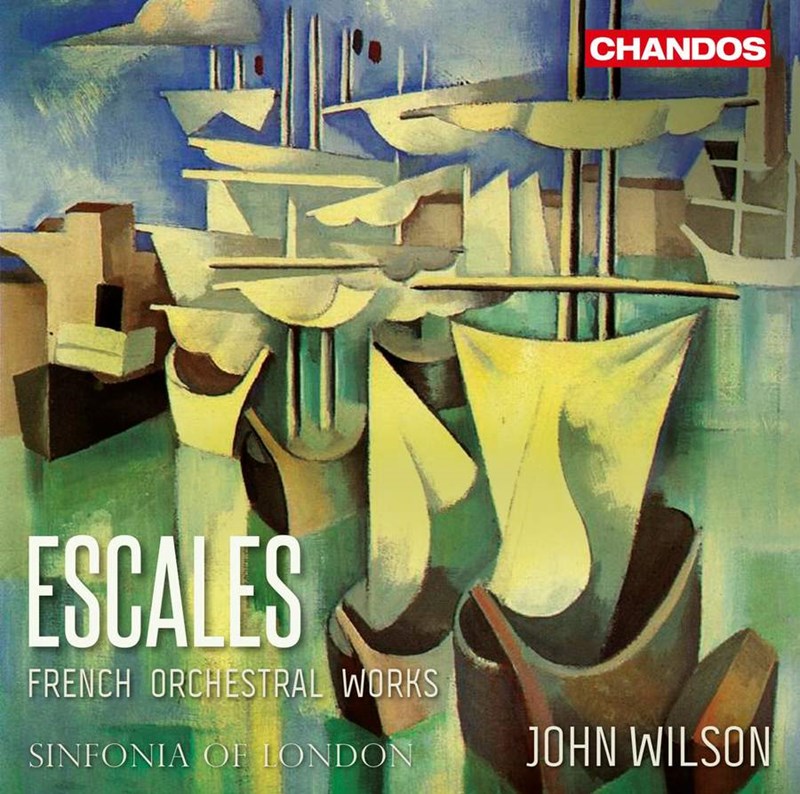
Prelude a L'apres-midi d'un faune
Sinfonia of London / John Wilson (Chandos)
‘The enthusiasm that Wilson elicits from his orchestra is very much apparent on every track, though what really impresses is the finesse as well as the virtuosity of the playing, the refinement of detail, the subtlety of texture and colour.’ (Tim Ashley, February 2020)
Fantaisie
Jean-Efflam Bavouzet pf BBC Symphony Orchestra / Yan Pascal Tortelier (Chandos)
‘The performance of the Debussy Fantaisie is especially good and deserves to garner wider audiences for a piece on which, for some reason, the composer seems to have placed an embargo, so that it was not given its premiere until 1919, the year after his death. Maybe, on reflection, he found it too redolent of a conventional piano concerto or, as he told Edgard Varèse, a “slightly ridiculous battle” between piano and orchestra, but this performance casts such self-criticism aside.’ (Geoffrey Norris, December 2010)
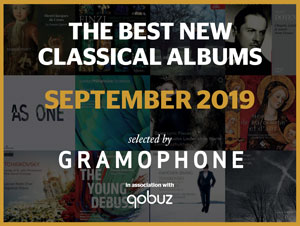
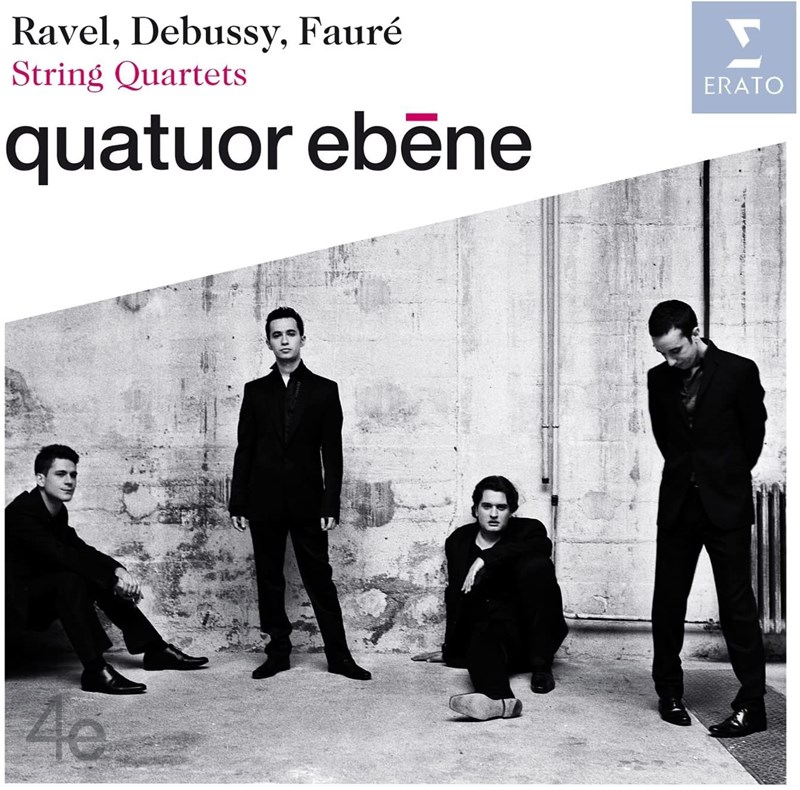
String Quartet
Quatuor Ebène (Erato)
‘There’s a fluidity to the Ebène’s playing of both works that suits the music’s character, a mood of wistfulness too that the Ravel especially benefits from. This improvisatory approach is hardly surprising from an ensemble that is also celebrated for its jazz performances.’ (Rob Cowan, December 2008)
String Quartet
Arcanto Quartett (Harmonia Mundi)
‘They manage a beautifully warm sound without falling into the trap of making the romantic either self-indulgent or just plain aggressive, and absorb the complicated elements of Debussy’s composition – the bitonality, the modulations, the total lack of any sense of key-centricity, as well as Debussy’s general harmonic belligerence – without question or judgement. They allow the work to live and breathe for itself.’ (Gramophone Collection – Top Choice, Caroline Gill, August 2012)
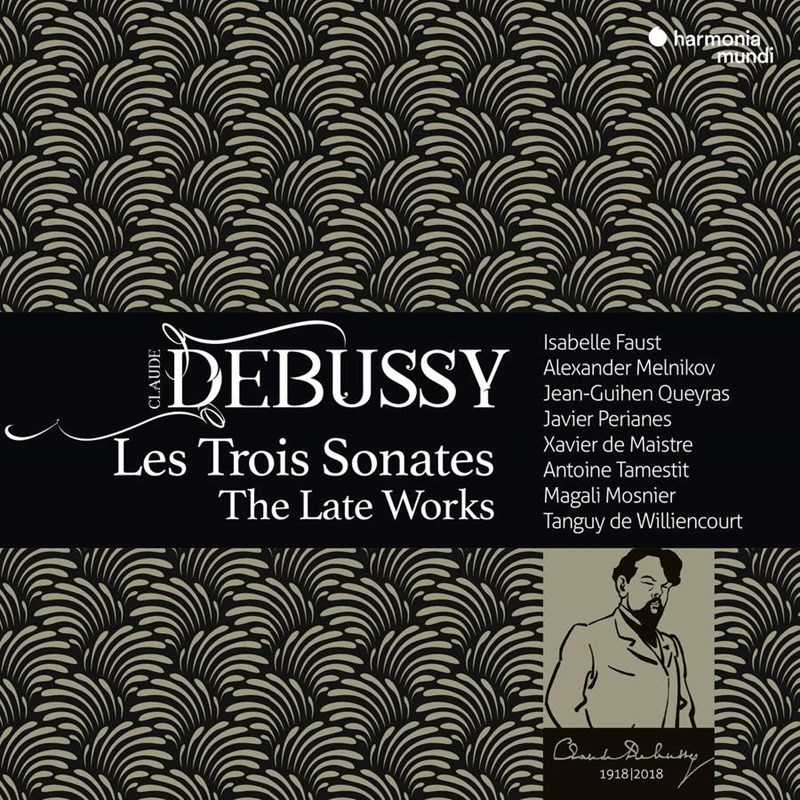
Les Trois Sonates, The Late Works
Isabelle Faust vn Alexander Melnikov pf Tanguy de Williencourt pf Magali Mosnier fl Antoine Tamestit va Xavier de Maistre hp Jean-Guihen Queyras vc Javier Perianes pf (Harmonia Mundi)
‘It gathers together, by no means for the first time on disc, the three sonatas, written between 1915 and 1917 as the First World War destroyed Debussy’s world and cancer slowly ravaged his body... Listen to it in a single sitting, and in the right playing order: it’s extraordinarily moving.’ (Tim Ashley, November 2018)
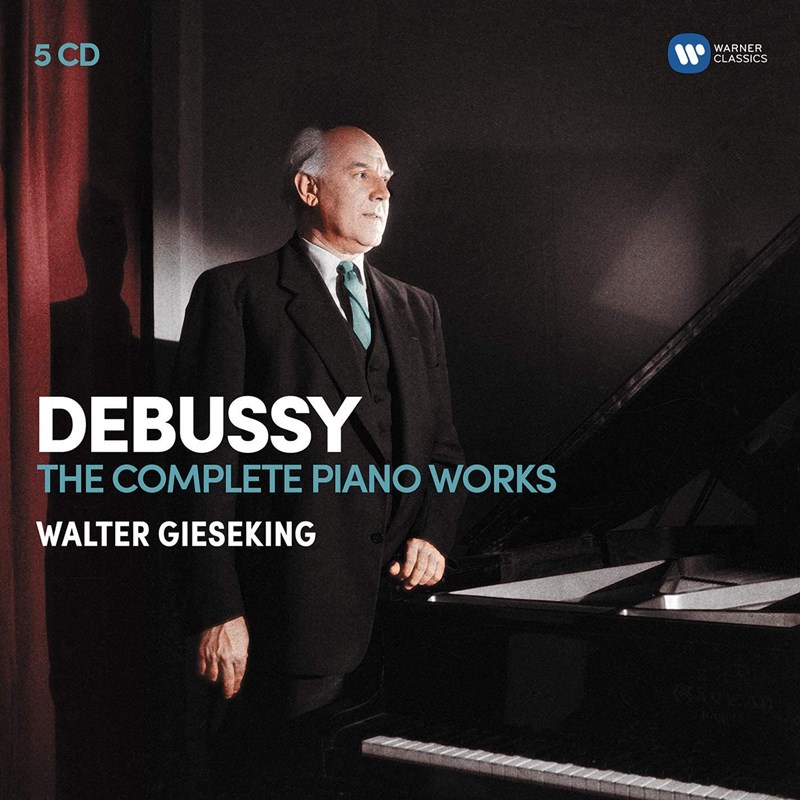
Études. Préludes
Walter Gieseking pf (Warner Classics)
‘These records should be in every musician’s library, be they singer or conductor, violinist or pianist, etc. If Gramophone believed in a starring system they would deserve a heavenful of stars.’ (Bryce Morrison, June 1996)

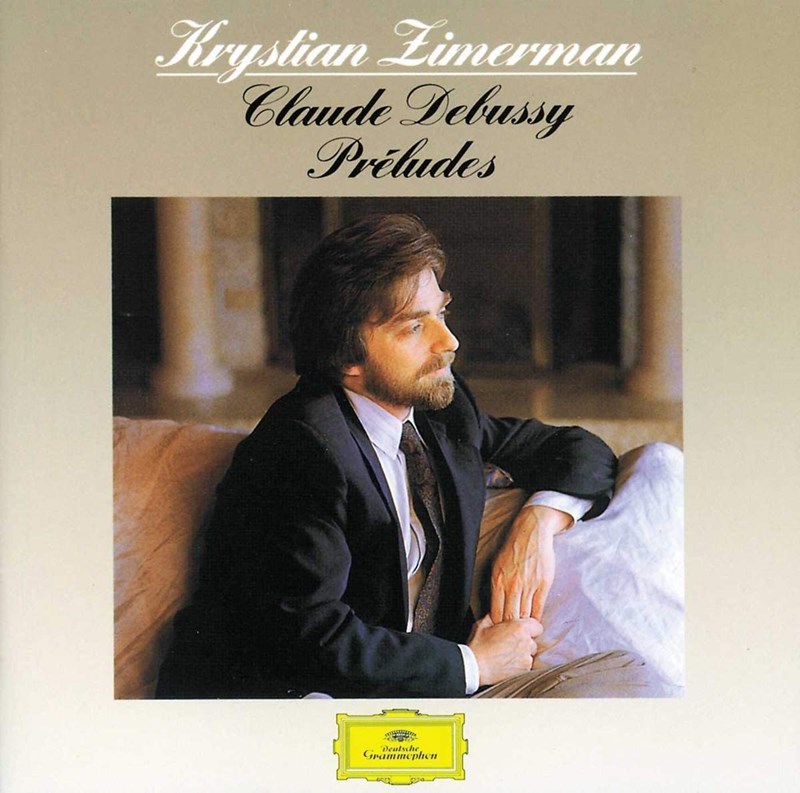
Préludes
Krystian Zimerman pf (DG)
‘Such sensitively conceived and wonderfully executed Debussy playing stands, at the very least, on a level with a classic recording such as Gieseking’s.’ (David Fanning, March 1994)
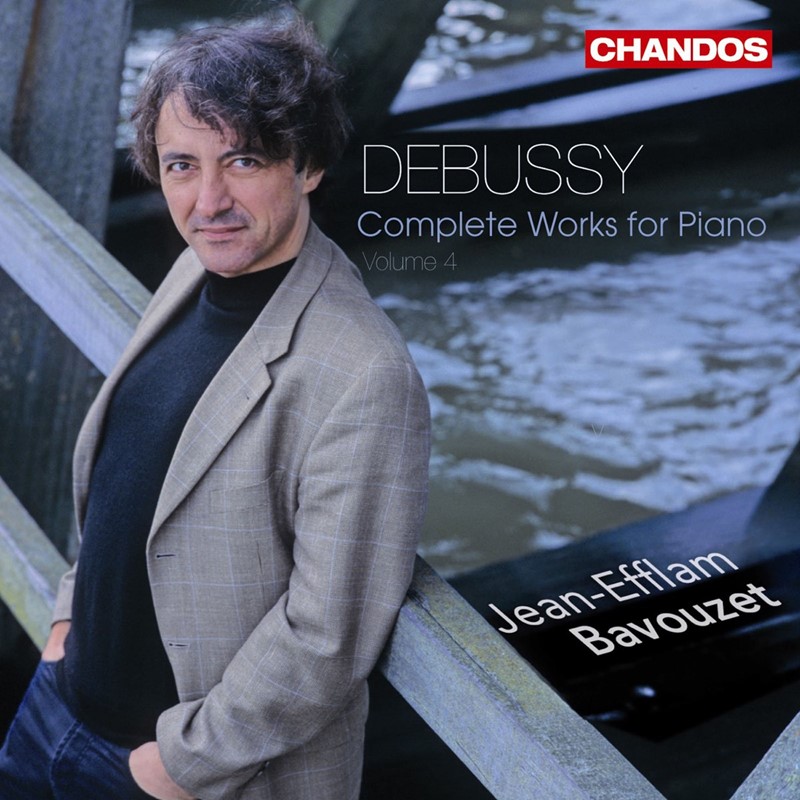
Études. Images
Complete Works For Piano, Vol 4
Jean-Efflam Bavouzet pf (Chandos)
‘Jean-Efflam Bavouzet’s flexible virtuosity and innate grasp of Debussy’s style and sound world yields ravishing, freshly minted interpretations of the Images and Etudes that proudly rank with (and sometimes surpass) the catalogue’s reference versions.’ (Jed Distler, December 2008)
Debussy Images
Saskia Giorgini pf (Pentatone)
The compelling colour and carefully crafted shaping in this richly rewarding Debussy recital is evident – and draws one in – from the very beginning; Saskia Giorgini excels in moments both of drama and poetry.
‘Debussy/Rameau’
Víkingur Ólafsson pf (DG)
‘The programming here is truly inspired. Debussy was a big admirer of his French forebear, finding a ‘perfect taste and strict elegance which make up the consummate beauty of his music’. We begin with the beguiling Prélude from La damoiselle élue in Debussy’s own transcription, which sets the tone and immediately establishes the fineness of the instrument and the recording.’ (Harriet Smith, April 2020)
Children's Corner
Behzod Abduraimov pf (Alpha)
‘Abduraimov’s principal concern – far removed from didacticism – is to create a distinct sound world for each work. He bathes Debussy’s Children’s Corner in a twilight of melancholy nostalgia, as in the translucent ‘The Snow is Dancing’ and the wistful ‘The Little Shepherd’.’ (Michelle Assay, January 2021)
Epigraphes antiques. Petite Suite
Steven Osborne pf Paul Lewis pf (Hyperion)
‘The two Debussy works – the Six Épigraphes antiques and the far better-known Petite Suite – are as imaginative and compelling as you’d expect from Osborne, whose solo Debussy recital was such a marvel of finesse and bold thinking. Happily Lewis is very much on the same wavelength and they conjure the elusive allure of the Épigraphes to perfection.’ (Harriet Smith, April 2021)
Trois chansons de Bilitis. Trois Mélodies de Verlaine
Marianne Crebassa mez Fazil Say pf (Erato)
‘Trois Chansons de Bilitis gets one of its sexiest performances on disc, with Crebassa wonderful in her judgement of the thin dividing line between sensuality and naivety. The outer songs of the Trois Mélodies de Verlaine have an exuberant sweep, though time seems to stand still in the central ‘Le son du cor s’afflige vers les bois’, with its suggestion of distant sounds echoing across a desiccated landscape.’ (Tim Ashley, December 2017)
Pelléas et Mélisande
George Shirley (Pelléas), Elisabeth Söderström (Mélisande), Donald McIntyre (Golaud), Yvonne Minton (Geneviève), David Ward (Arkel), Anthony Britten (Yniold); Royal Opera House Chorus and Orchestra / Pierre Boulez (Sony)
‘The real beauty of the set is the positively luminous orchestral playing. Boulez has declared that ‘to reduce the score to an accompanied recitative is conspicuously to betray it’; and under his inspired direction, flexible but shapely, the music glows and pulsates with everchanging colour and life. This is a most distinguished issue.’ (Lionel Salter, October 1970)
Pelléas et Mélisande
Christian Gerhaher (Pelléas), Magdalena Kožená (Mélisande), Bernarda Fink (Geneviève), Franz-Josef Selig (Arkel), Gerald Finley (Golaud), Elias Mädler (Yniold), Joshua Bloom (Shepherd/Doctor); London Symphony Orchestra / Sir Simon Rattle (LSO Live)
‘Rattle maintains both a clear pulse in individual scenes and a through line which positively celebrates Debussy’s and Maeterlinck’s radical intercutting of scenes of varied physical and emotional locations in the central acts. He uses a broad and detailed orchestral palette but, again, the balance is very well made between the score’s wide range of dynamics – nicely observed too by Ernest Ansermet on his early and not to be ignored Decca recording – and unnecessary Romantic weight, an indulgence which Karajan (Warner), who often seems to be treading a similar path to Rattle, does not avoid.’ (Mike Ashman, December 2017)
Pelléas et Mélisande
Julien Behr (Pelléas), Vannina Santoni (Mélisande), Alexandre Duhamel (Golaud), Marie-Ange Todorovitch (Geneviève), Jean Teitgen (Arkel), Hadrien Joubert (Yniold); Les Siècles, Chœur de l'Opéra de Lille / François-Xavier Roth (Harmonia Mundi)
‘I enjoyed the orchestral contributions of Les Siècles and the lucidity that period instruments bring to Debussy’s score. Roth doesn’t cut string vibrato entirely, but there’s an almost clinical clarity to their playing.’ (Mark Pullinger, March 2022)
Never miss an issue of the world's leading classical music magazine – subscribe to Gramophone today




